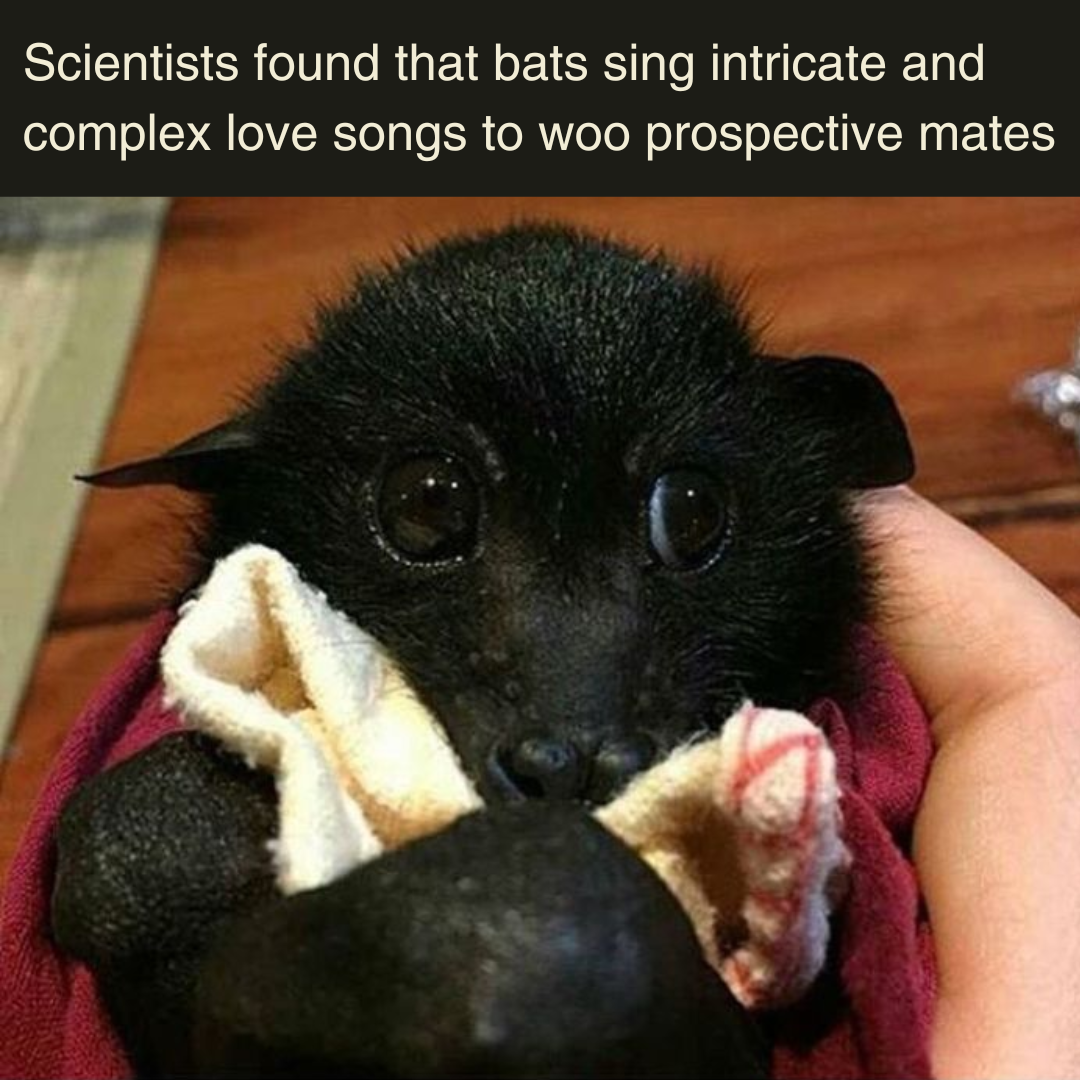Love songs aren't only for soft rock FM stations – they're also used by romantic bats, and researchers at Texas A&M University and the University of Texas at Austin are believed to be the first to decode the mysterious love sounds made by the winged creatures. Their work is published in the current issue of PloS One (Public Library of Science).
Researchers Kirsten Bohn and Mike Smotherman in the Department of Biology at Texas A&M, George Pollak at the University of Texas at Austin and Barbara Schmidt-French from Bat Conservation International (now at Bat World in Mineral Wells, Texas) spent three years analyzing thousands of Brazilian free-tailed (also known as Mexican free-tailed) bat recordings to understand their meanings. They determined that male bats have very distinguishable syllables and phrases that they use as love songs to attract females and in some cases, to warn other males to stay away.
Their love songs apparently work well and are Top Twenty material in the bat world because there are lots of bats out there: The Austin locations used in the recordings contain up to 1 million bats, while an estimated 100,000 to 250,000 bats are believed to be winging their way around Kyle Field, home of the Texas Aggie football team, and the surrounding athletic complex area where the bat sounds were captured on tape.
"The sounds they make are very difficult for the human ear to pick up," explains Bohn, the lead researcher of the project funded by the National Institutes of Health.
"They are at a very high frequency range, but our recording equipment could track them very well," she says. "The sounds are made in a specific, arranged pattern to form a song, and there are actually organized sequences within each phrase. They are made to attract and lure nearby females.
"We compared the recordings made by bats in Austin to those at Kyle Field, and we discovered they were almost exactly the same – the bats in both places use the same 'words' in their love phrases."
Bohn says the team discovered several types of syllables, each one an individual sound. Syllables are combined in specific ways to make three types of phrases – a chirp, a buzz or a trill. Different combinations of the three are used by males during the mating process.
Bohn says the results are surprising because in general terms, mammals such as bats don't have "language rules" – the use of specific sequence of phrases and a complex means of communication to others in their species.
"With the possible exception of whales, you normally don't have this type of communication technique," she adds. "You see it frequently in birds, but that's about it. We've learned the vocal production of bats is very specific and patterned, and now we have a model not only to study communication similarities in other animals, but also human speech. We think this is a big first step."

Hey, who needs to read the article? I'd say that URL tells you just about all you need to know